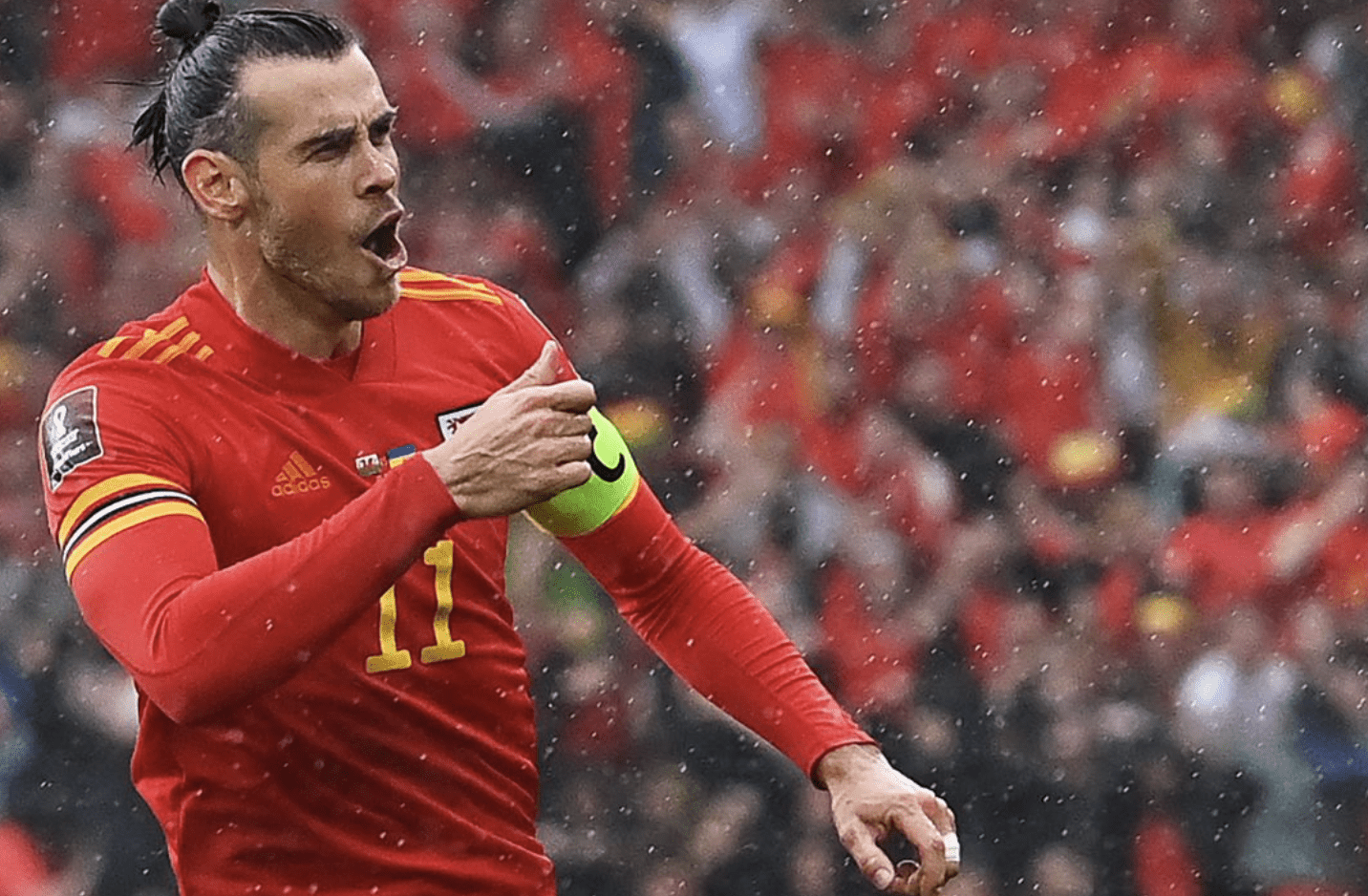How did Chelsea do it? How can Chelsea transfers policy escape Uefa Financial Fair Play rule and how can Chelsea spend so big in the time of economic recovery?
When Chelsea signed Enzo Fernandez on deadline day, their spending under new owners Todd Boehly and Clearlake went beyond £500 million.
That is what we are here at The Stats Ball. Answering all the question relating to Chelsea transfers, how did Chelsea sign many young players in the past two transfer window. And lastly how did Chelsea found a loop hole in the financial books for Uefa by using a calculation in investment banking named: Amortization.
So sit back, grab some popcorn and get ready to learn about the behind-the-scenes action of Chelsea transfers window!
First let's answer what is amortization and how to calculate it?
Table of Contents
What is amortization?
Amortization is a process in finance that helps spread the cost of a loan or debt over a set period of time, usually in equal installments. Think of it like paying off a toy you bought with a loan in small pieces each month until it's fully paid off. This makes it easier for the borrower to manage their debt and reduces the financial burden. The amount of each payment includes both the principal (the original amount borrowed) and the interest (the fee charged by the lender for lending the money).
For more information on amortization check our the amazing source by investopedia right here.
Chelsea Transfers: Just got Interesting

Thanks to Todd Boehly and Clearlake, the Blues are shaking up the game with their player contract moves. Take Mykhailo Mudryk for example, his transfer fee of €70 million (£62 million) is being spread out over 8 years instead of the standard 4 or 5. This means a lower yearly cost on the books for Chelsea.
Not just Mudryk, players like Fernandez, Badiashile, Madueke, and Wesley Fofana have all signed similarly long deals. This accounting trick could backfire if the players don't perform, but it's a calculated risk that Boehly and Clearlake are taking to maximize their transfer spending.
It's also worth noting that when it comes to reporting transfers, there's more to the story than meets the eye. Transfer fees for new players are spread out over the length of their contracts, but transfer fees for players sold are booked immediately (minus their remaining amortized cost). This means that a club can offset several high-profile signings with just one reasonably-sized sale in their annual results, especially if the sold player is already fully amortized or an academy graduate, which represents pure profit.
| Player Name | Transfer Value | Age | Nationality |
|---|---|---|---|
Enzo Fernández |
€121.00m | 22 | Argentina |
Wesley Fofana |
€80.40m | 21 | France |
Mykhaylo Mudryk |
€70.00m | 22 | Ukraine |
Marc Cucurella |
€65.30m | 24 | Spain |
Raheem Sterling |
€56.20m | 27 | England | Sum: | €611.49m |
| Average age: | 23.0 | ||
| Total market value of arrivals: | €551.80m | ||
Unleashing a Profit with Player Sales: Chelsea Transfers Tale
Remember when Chelsea signed Romelu Lukaku for a whopping £97.5 million? While it may have seemed like a big financial blow, the club still managed to turn a profit for the financial year ending June 2022. Thanks to players like Tammy Abraham, Kurt Zouma, Fikayo Tomori, and Marc Guehi departing for other clubs, Chelsea made a staggering £160 million from player sales, according to Swiss Ramble.

Although the club's financial results for 2021-22 aren't out yet, player sales have helped Chelsea come out on top in the past. Despite not having as much match day and commercial revenue as other Premier League rivals, Chelsea still made a pre-tax profit of £36 million in 2019-20 with a £143 million profit from player sales. Get ready, because Chelsea's financial reports for 2021-22 are due by March 31st!
Chelsea Financial Book Records
Chelsea's financial situation has been a topic of interest for football fans. Swiss Ramble predicts that the club's pre-tax profit for 2021-22 will be £19 million, which follows a £156 million loss in 2020-21 due to significant summer spending.
Financial Fair Play (FFP) regulations have historically limited clubs to losing a maximum of €30 million over three years. However, UEFA has granted temporary allowances due to the impact of COVID-19. Chelsea is one of the 18 clubs being monitored closely.
Starting from 2023-24, the allowable loss limit for FFP is increasing to €60 million, with an additional €30 million allowed for financially healthy clubs, bringing the total potential loss limit to €90 million over three years, which is triple the previous limit.
Before the transfer deadline day, Swiss Ramble estimated Chelsea's loss over the three years to 2022-23 to be €96 million, slightly over the €90 million limit. The club's squad cost was also estimated to be 92% of its revenue and profit from player sales. UEFA has mandated that all clubs reduce this ratio to 90% for 2023-24, 80% in 2024-25 and 70% in 2025-26.
UEFA response?
The new rules will make it difficult for clubs to spread transfer fees over a long period in FFP calculations. The increasing squad cost control rules will also put pressure on clubs to be more responsible with player salaries.
Chelsea is also facing the prospect of playing the 2023-24 season without Champions League football, which could have a significant impact on their transfer ambitions. The club has targeted young players with high potential in the January window to minimize the need for large transfer fees in future windows. The transfer spending is being funded by private equity and is expected to eventually lead to a positive return, either in profits or an increase in the club's value if sold.
Welcome to the world of football insights as an investment institution and financial banking.
Join the conversation and share your thoughts on Chelsea's financial future and transfer strategy. Have the recent changes in UEFA's FFP regulations impacted your perspective on the club's recent spending spree? Let's hear it! Click the like button, leave a comment and share the article with your friends to spark a lively discussion.
Amortization is the process of spreading out the cost of an asset over a certain period of time, usually its useful life. The formula to calculate amortization is:
Amortization payment = (Loan amount / Number of payments) + (Loan amount * Interest rate)



